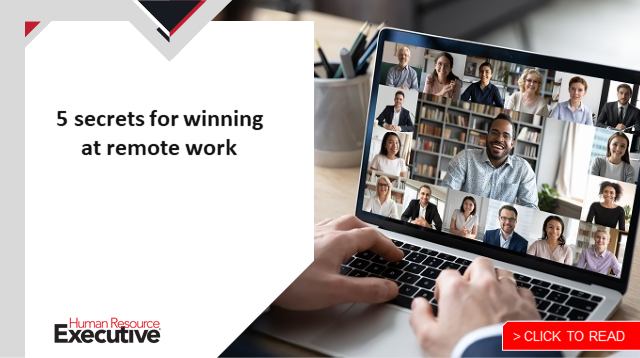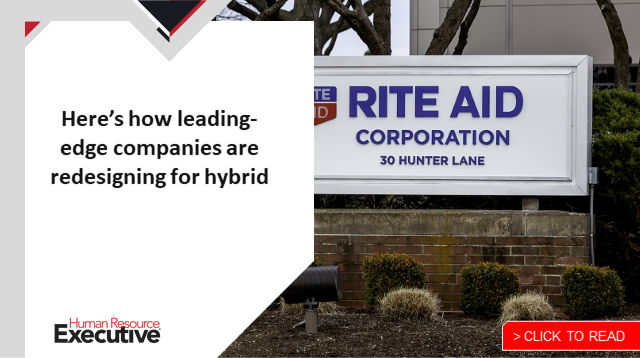Elon Musk has been dominating the news lately on a number of talent-related fronts—including a warning of potential layoffs to come at Tesla and the pledge to bring workers back into the office (not to mention, that looming deal with the other, big T-named company). As distracting as that all is, I have had the pleasure of connecting with Tesla’s HR team recently—they are smart, empathetic people. Still, our interactions left me drawing parallels between the phenomenally advanced technology the company creates for drivers and how it compares to the technology they use for employees.
Recent headlines about Tesla remind me that even the savviest organizations become vulnerable to workforce lawsuits if their culture and processes create or miss gaps in employee wellbeing. In 2021, an angry federal jury in San Francisco ordered Tesla to pay $137 million to a former contract worker because of racist treatment. On April 14, 2022, Judge William Orrick approved the maximum award of $15 million. Even at its reduced value, the award is a harsh reminder that the Tesla employee did indeed suffer daily racial harassment and a hostile work environment over the course of nine months. Even worse, despite numerous complaints to his supervisors, no one stepped in to stop the abuse.
I wonder, if Tesla’s culture encouraged HR teams to put the same level of innovation and disruption into how they manage employee issues as they do their vehicles, would outcomes be different? My guess is absolutely. Taking a lesson from the advanced technology they embed in their cars and applying it to employee relations is actually an easier lift than they might think. Here are a few lessons that stand out:
Lesson 1: Stay in biodefense mode
Tesla’s Model X and Model Y are equipped with a serious HEPA filtration system that filters toxic chemicals from reaching the cabin of the car. According to Tesla, the filter is “inspired by the air filtration systems used in hospitals, clean rooms and the space industry. We developed a HEPA filtration system capable of stripping the outside air of pollen, bacteria and pollution.”
 Proactively stopping toxicity before it even has a chance to do damage is brilliant. In employee relations software, tracking historical data to feed predictive analytics is how ER teams can protect employees from past sexual predators, racists and other bad actors. Predictive analytics can reveal “hot spots” where issues are brewing and help teams clean house before the toxins wreak havoc on culture. Flipping from biodefense to offense, HR teams can put what equates to Tesla’s “advanced parking sensors” into play by monitoring decisions in aggregate across the organization. With extra sensors, organizations can avoid unintentional blind spots like unconscious bias and steer clear of disasters like class-action lawsuits.
Proactively stopping toxicity before it even has a chance to do damage is brilliant. In employee relations software, tracking historical data to feed predictive analytics is how ER teams can protect employees from past sexual predators, racists and other bad actors. Predictive analytics can reveal “hot spots” where issues are brewing and help teams clean house before the toxins wreak havoc on culture. Flipping from biodefense to offense, HR teams can put what equates to Tesla’s “advanced parking sensors” into play by monitoring decisions in aggregate across the organization. With extra sensors, organizations can avoid unintentional blind spots like unconscious bias and steer clear of disasters like class-action lawsuits.
If Tesla had been able to identify historical racist behavior and weeded these offenders out of the environment earlier, this issue could have been avoided.
Lesson 2: Equip leaders with autopilot
Newer Tesla models have eight external cameras, 12 ultrasonic sensors and a powerful onboard computer that provides an additional layer of safety. According to Tesla, “autopilot advanced safety and convenience features are designed to assist you with the most burdensome parts of driving. Autopilot introduces new features and improves existing functionality to make your Tesla safer and more capable over time.” Even though autopilot is meant to be used by drivers who are alert and have their hands on the wheel, Tesla compensates for distractions and blind spots and human error. Sound familiar?
Extending employee relations beyond the HR team by giving your managers automated tools to do better is just a smarter way to help them navigate the worst part of their job. In case-management software, you can help managers compensate for blind spots, inexperience and human error too. Serving up historical employee data, current policies and conversation guidelines right when a manager needs them is how HR gives them the tools to become more confident and capable over time.
If the Tesla manager who received or ignored the employee’s complaint had known either what to do or the consequences of doing nothing, maybe that leader would have acted differently. Perhaps if that manager had documented the issue properly, someone in HR may have prevented the escalation entirely.
Lesson 3: Make “Dog Mode” a lifestyle, not just a luxury
Tesla people are dog people too. With your family pooch in mind, engineers introduced Dog Mode to protect pets temporarily left in the car by regulating safe temperatures. They took the protection further by making sure everyone is on the same page. In Dog Mode, Teslas display a message that clearly communicates to concerned bystanders that your pet is fine and you’ll be right back. Nobody needs to panic.
Protecting employees by making them feel safe and comfortable starts with a foundation of trust. ER teams build trust with consistency and transparency. In employee relations software, “dog mode” looks like building and adhering to an investigation process that clearly communicates with all parties, protects employees and empowers them to come forward.
If Tesla’s team had opened an investigation at the first complaint, I’m certain these aggressions would not have been allowed to continue. Employees need to know that an organization will respond to allegations with thorough, fair investigations. Consistent processes that are well-communicated drive compliance and build trust: The dog will be fine.
 I don’t pretend to know what’s going on behind the walls of any organization, and make no mistake, I know and respect many HR professionals who have worked or who currently work at Tesla. My point is that when an organization is so well known for cutting-edge innovation, any lack of it elsewhere stands out even more.
I don’t pretend to know what’s going on behind the walls of any organization, and make no mistake, I know and respect many HR professionals who have worked or who currently work at Tesla. My point is that when an organization is so well known for cutting-edge innovation, any lack of it elsewhere stands out even more.
Making the environment better one electric car at a time is how Tesla is making its impact in aggregate. We can and should be doing the same in employee relations. By understanding what is happening in aggregate across the organization, we have the opportunity to make the world of work better one culture at a time.

